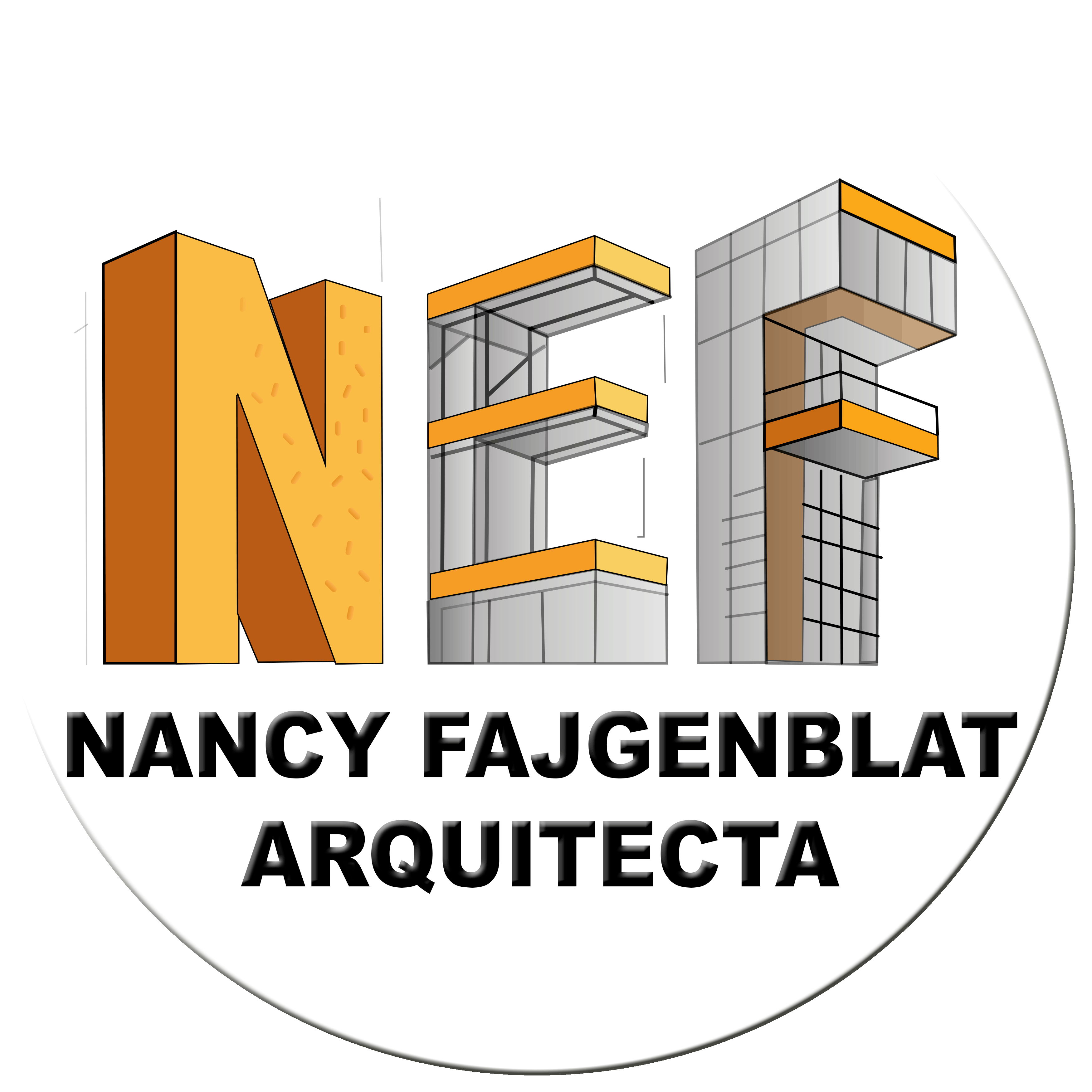How to Design Small-Scale Architecture Projects and Tiny Houses
Designing small can be a big challenge. Small-scale architecture projects, such as tiny houses, require creativity to make the most of every inch and create spaces that are both comfortable and functional. Unlike traditional projects, space limitations here become an opportunity to innovate in layout, materials, and multifunctional solutions.
1. Understand the user’s lifestyle
The starting point is to understand who will live in the tiny house and what their needs are. Will it be a permanent or temporary space? For one person, a couple, or a small family? These answers will define the number of rooms required and set priorities in the design: storage, living areas, workspace, or leisure.
2. Optimize the floor plan and circulation
In a tiny house, every meter counts. It’s essential to design open layouts, prioritize visual continuity, and minimize hallways or unnecessary circulation. Built-in furniture and versatile spaces — such as foldable beds or drop-down tables — allow a single area to serve multiple purposes.
3. Play with height and volume
When width and length are limited, height can be a key resource. Lofts or mezzanines for bedrooms, overhead storage, and sloped ceilings that expand spatial perception are common strategies in small-scale designs.
4. Choose lightweight and sustainable materials
Material selection impacts durability, thermal insulation, and ease of maintenance. In tiny houses, it’s advisable to use lightweight, recycled, or low-impact materials, aligned with a sustainable approach.
5. Maximize natural light
Natural light and cross-ventilation transform a small space into a more comfortable one. Large windows, sliding doors, and skylights are allies to visually expand interiors and reduce energy consumption.
6. Incorporate efficient technology and systems
Small-scale projects benefit from smart solutions: solar energy, rainwater harvesting, compact climate control systems, and home automation simplify life in reduced spaces.
Designing tiny houses doesn’t mean giving up comfort — it’s about rethinking space with ingenuity. It’s a creative exercise that blends functionality, aesthetics, and sustainability, resulting in unique homes that respond to new ways of living.
Año: 2025
 Nancy Fajgenblat
Nancy Fajgenblat